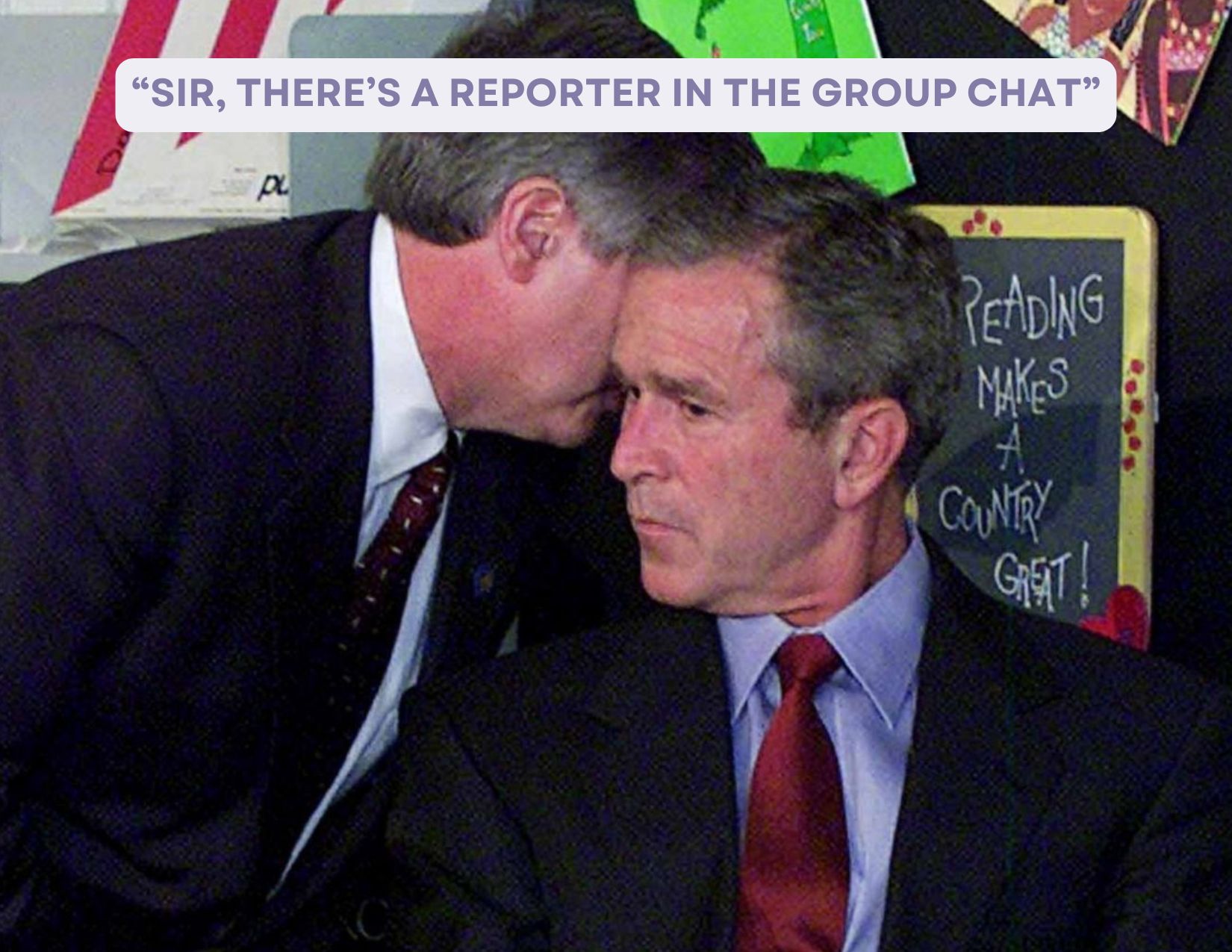Can you believe it’s been nearly a decade since the term “fake news” took the world by storm? It might have been the presidential election that really enabled it to take hold back in 2016, but these days the term is so ubiquitous it’s almost become tired.
The term might be getting stale, but the underlying sentiment that we can’t trust traditional news sources is, shall we say, *thriving*. It’s easy to blame everything on Donald Trump these days, but the truth is that trust in the media had been eroding for decades before 2016.
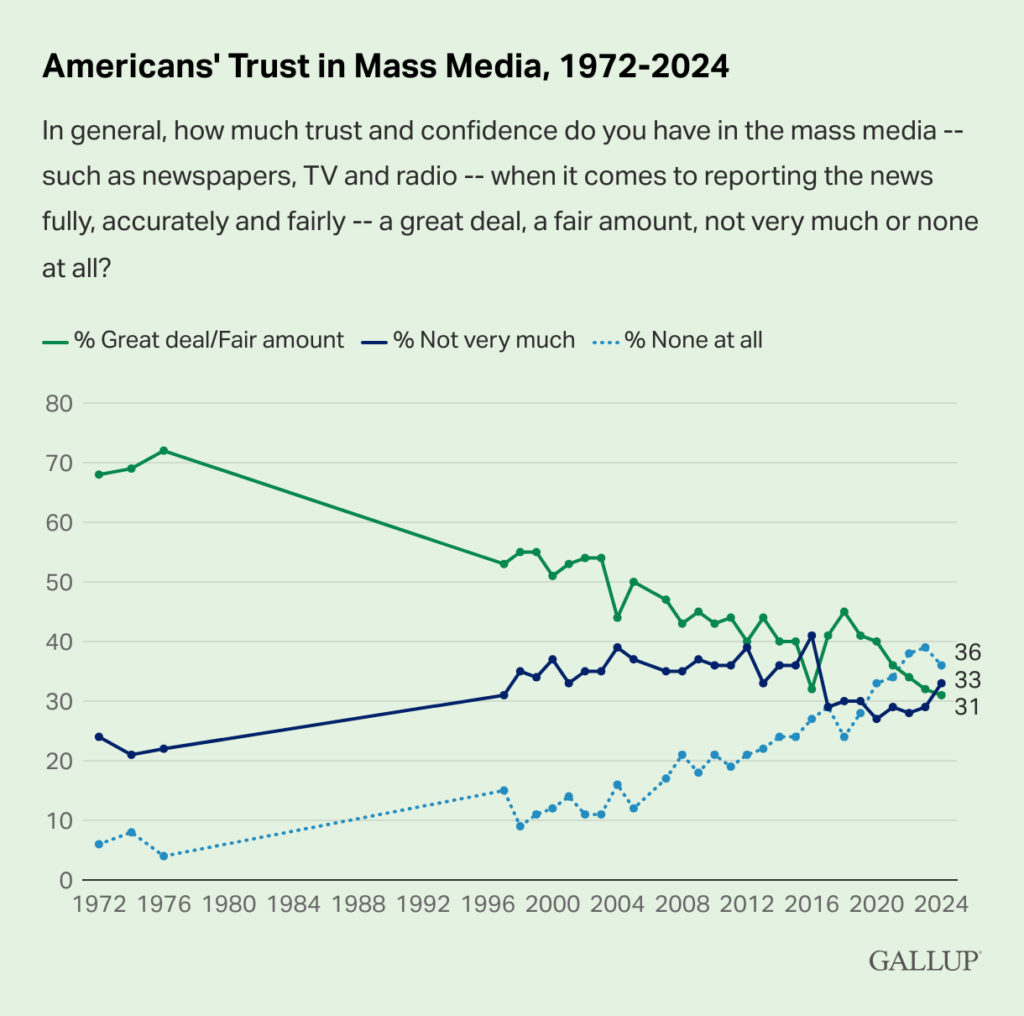
That being said, we also can’t ignore the impact of a showboating presidential candidate consistently hammering home that we shouldn’t trust anything said in the news (especially if it paints him in a negative light). Or the rise of social media. Or the fact that the first generation of kids who grew up with social media finally came of age to vote and were raised with the instinctive desire to share their innermost thoughts with the internet.
Where does this all lead us? Into a world where it’s more and more difficult to know what to trust online (don’t even get me started on AI, that’s a whole other article).
In the past, news came from a single channel at a single time and the family crowded around a single device — a radio, then a television set — in order to hear the latest. The rapid shift from that reality to the one where we all carry around supercomputers in our pockets has quite frankly happened too quickly for old-school media to keep up. They’re not used to reacting in the moment to every little thing that happens around the world. The same way that we as humans are not programmed to ingest every single little incident happening everywhere in the globe all at once. The result is that human nature wills out, and we reach for familiarity and trust in our own communities. Or what appears to be our own community.
Another side effect of social media is that by creating the means to connect with the world, these companies also needed to create a way to filter them and make them digestible for a single individual. What began as simply following or connecting with your own friends or acquaintances has evolved into a series of complex algorithms that theoretically try to widen your own personal net to include people who you would never otherwise encounter. And now they’re right there in your feed alongside your friends. This feeds us the illusion that these unknowable people are just like us, and we instinctively begin to trust them as if they are actually our friends or family.
We see these similar faces and get to know their personalities by interacting with — or ignoring — their content. And in the background the algorithm is gobbling up all of that information to make sure that they feed you more of what they believe you want to see. Because their business model only works if you keep coming back for more. Traditional media is then scrambling to catch up. They’re used to reporting on the big stories of the day, not the minutiae of the every moment. And beyond that, true investigative journalism takes time, the one commodity that social media will absolutely never ever in a million years reward you for taking.
Does anyone remember the movie Spotlight from back in 2015? There’s a particular scene that is burned in my brain as I think about legacy journalism. The movie is about a newspaper in Boston uncovering the widespread sexual abuse of children from within the Catholic church. In a scene that haunts me, one of the reporters working on the story realizes that one of the homes on his block — where he lives with his children — is housing priests who have “sinned” and are being “rehabilitated” by the church (or hidden from view). He’s plagued by fear and pins a picture of the house on the refrigerator with a message for his kids to STAY AWAY from the house.
But he keeps quiet because he knows that’s the price you pay to break a story. Just like building a case in our legal system — it takes time, patience, and it requires you to play by the rules. But imagine that scene taking place in today’s media ecosystem. Would the temptation to anonymously post something on TikTok that might warn his kids be too much for the reporter to resist? What about the worry in the newsroom that someone might get a whiff of the story and post it themselves without regard for the underlying evidence? Is the waiting worth the potential damage to any kids currently in the clutches of one of these abusive priests?
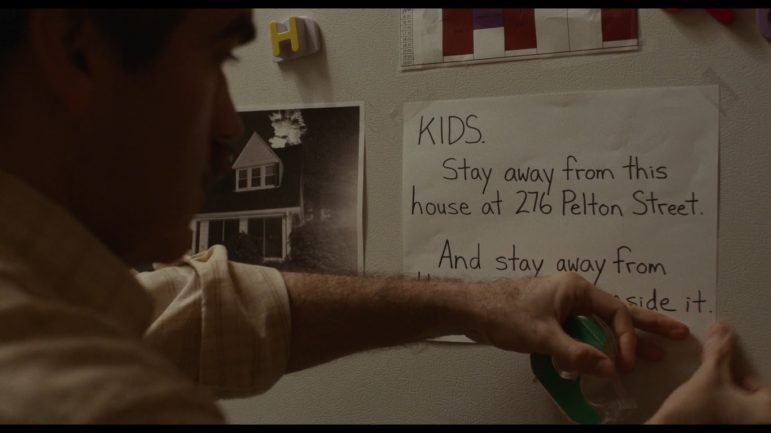
So what’s the point of all of this? I think it’s helpful to take a step back and look at the big picture when deciding how to interact with today’s media landscape. Because it’s not just about who to trust, it’s about who we’re even exposed to or have the opportunity to hear.
Let’s take this week’s Signal scandal as an example. Because not only is it timely and relevant but it’s also more one-dimensional than many news stories these days. The objective breakdown of what happened is relatively simple: Michael Waltz, the National Security Advisor of the US, accidentally added a reporter to a group chat where he, Pete Hegseth, and about a dozen other government officials were discussing the details of a bomb strike in Yemen. We know this happened because the reporter, Jeffery Goldberg, decided to publish the story in The Atlantic, the periodical where he is currently Editor-in-Chief (sorry there’s a paywall — see above 🤷♀️ traditional journalism takes time and money to create). He chose to publish the story after the strikes had taken place, omitted what he felt would be classified details, and had already proactively removed himself from the group chat.
In the world of traditional media, this would generally be viewed as pretty responsible reporting. He broke a story that literally fell into his lap. Took the necessary precautions to protect national security. And waited to drop the story until the risk of tipping off the other side was no longer an issue.
So how did the reporting itself become just as big an event as the story itself? Because we’re living in a different world of media.
The story itself is pretty straightforward to me: this was a colossal f*ckup. The leaders of the chat should have double — or triple — checked who was on the thread. It was honestly lucky that they didn’t accidentally add someone with deeper ill will or malice that could have done more damage with the information. And there are rules and regulations around what tools can be used to discuss certain types of information within the government, and Signal is clearly not approved for this communication.
But we live in our hyper-polarized and biased new world. So how did we see all that unfold across the media? Glad you asked. First, we had the immediate reaction, with social media obviously leading the way.
The Left basically said: We knew it! We told you they were incompetent! Look at these doofuses planning strikes in a hackable group chat that didn’t even need to be hacked to be infiltrated.

Hang them out to dry! Or at least make them resign.
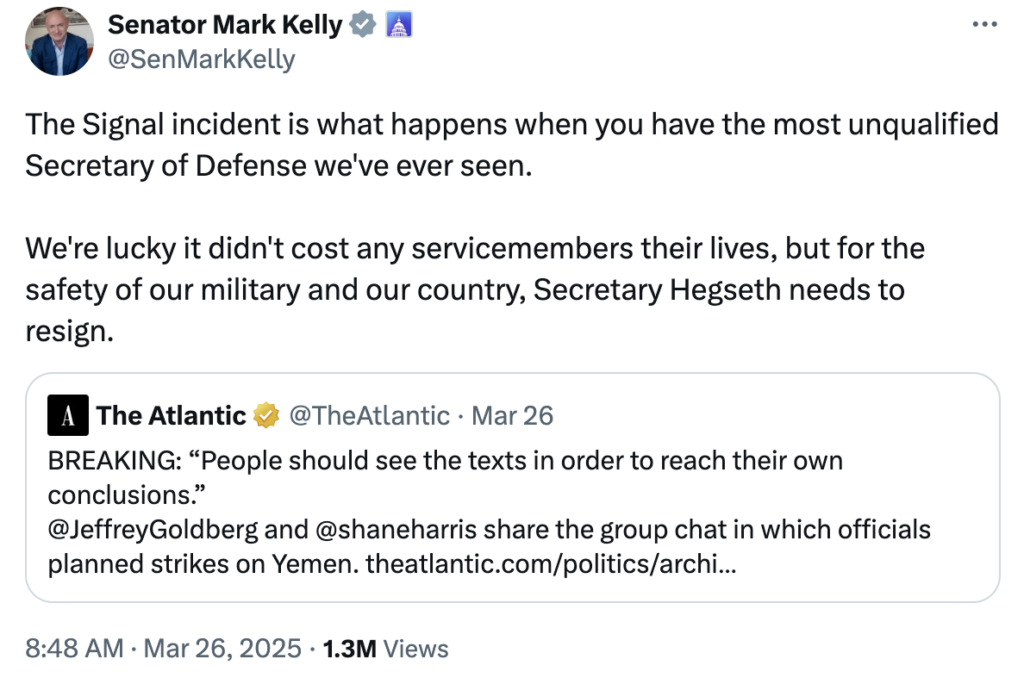
And remember we always said they were hypocrites! This is so much worse than Hillary’s emails.

The Right, for their part, went a little something like: Shit! That looks bad, doesn’t it? But there wasn’t any classified info in there…

No one would believe that anyway…

Oh shoot I guess there was. But it wasn’t technically “war plans”…
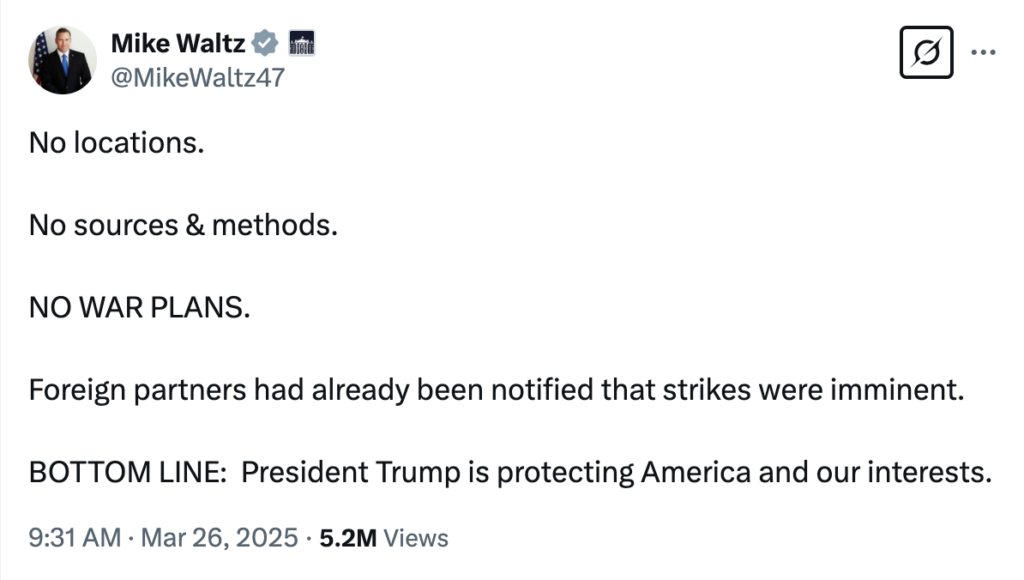
Honestly what kind of treasonous assh*le publishes this instead of confidentially reporting it to the NSA anyway.

Then we had the traditional media following shortly thereafter, attempting to focus on the actual facts rather than meme-able content.
The Left: This is a clear breach of national security, and should go through the proper channels of inquiry and the guilty parties should be punished. But of course that will take time so be patient!
The Right: Oops, our bad. But was it really that bad? Who hasn’t texted the wrong person by accident once or twice. No harm, no foul. Let’s just move on shall we.
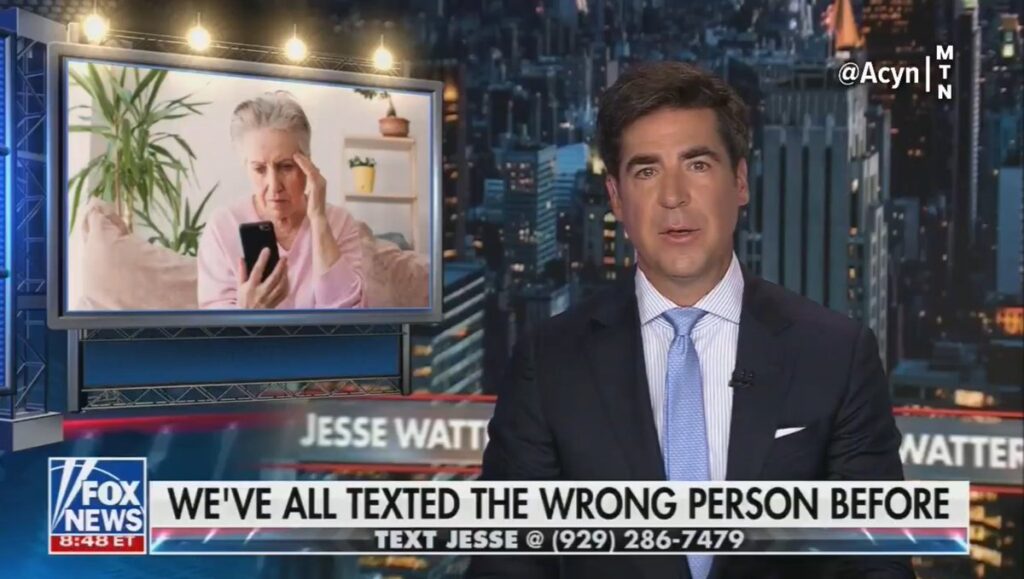
The traditional media needs attention and clicks as much as social media giants do, so they’re far from unbiased. Unlike social media, however, they do still have fact checkers and editors and legal departments to get through, so we can hope that the underlying facts being reported are in and of themselves true. But the point of this ginormous rant is to illustrate that objective truth can still be reported with intrinsic bias.
So what’s the answer? TRUST NO ONE? Allow yourself to be led down conspiracy theory rabbit holes? Obviously not. We need to bring back media literacy in ourselves. Because we’re responsible for our own bias. Read more than just the headline. Question anything that makes you instinctively think “gotcha!” or gives your ego that surge of dopamine that used to be reserved for when you saw your crush across the food court in the mall.
Time and attention are the commodities that these companies are getting rich off of. And they’re still within our control.
